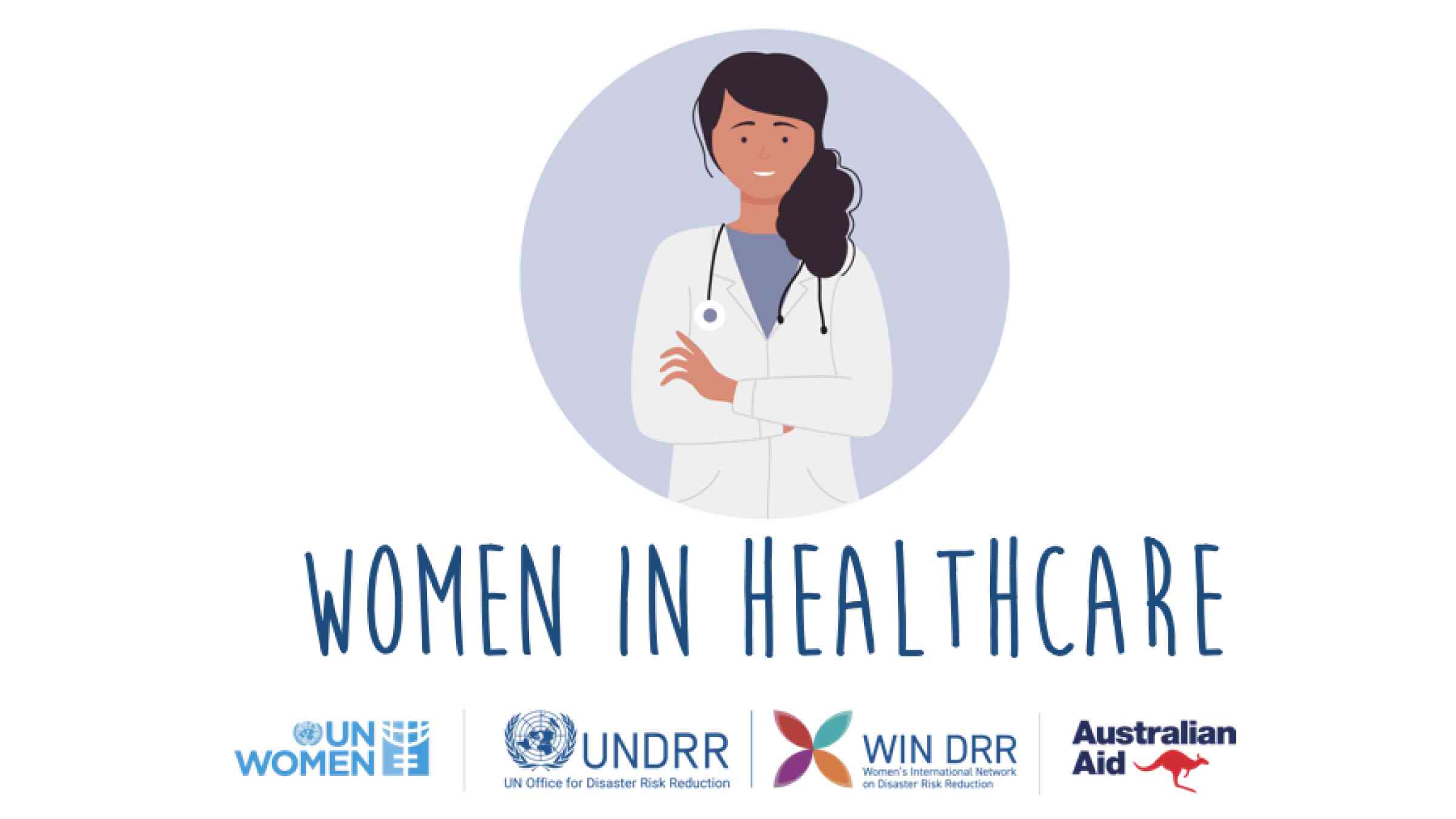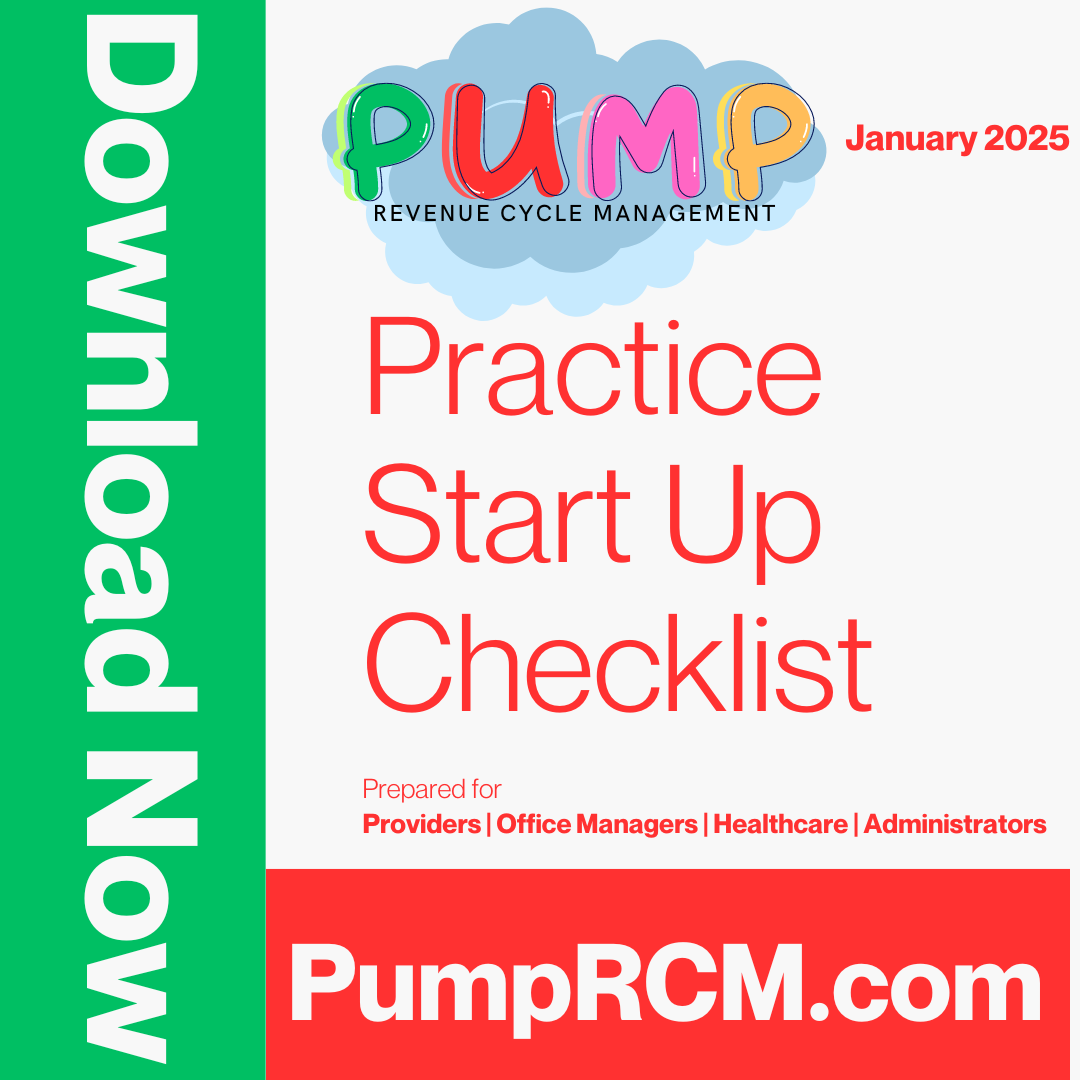A Comprehensive Guide on How Healthcare RCM Works to Simplify Billing and Collections
Navigating the complexities of health care revenue cycle administration (RCM) is critical for suppliers intending to enhance their invoicing and collections procedures. The overview unboxes the complexities of RCM, from individual enrollment to accounts receivable management, providing understandings right into optimizing each action.
Understanding Profits Cycle Administration
RCM is a critical management function that incorporates the whole monetary process of patient treatment, from the preliminary consultation establishing to the final settlement of the equilibrium. It is a complicated procedure developed to determine, gather, and handle the earnings from the solutions given to clients.
The RCM process starts when a patient timetables a consultation and expands with the client's care journey, consisting of payment and collections. A vital goal is to decrease the time in between offering a service and getting repayment, thus improving the organization's monetary health. RCM includes various features such as individual enrollment, insurance policy confirmation, charge capture, coding, asserts entry, repayment uploading, and handling rejections and allures.
Trick Components of RCM
In the world of Revenue Cycle Administration (RCM), comprehending its essential parts is fundamental to accomplishing monetary performance within healthcare organizations. RCM is a thorough procedure that encompasses different stages, each essential to guaranteeing efficient payment and collections. The primary components include person enrollment, insurance verification, fee capture, coding, case entry, payment publishing, and balance due administration.


As soon as coded, claims are submitted to payers, where accuracy is critical to prevent beings rejected or hold-ups - Healthcare RCM. Repayment publishing includes taping the obtained settlements, which permits for the settlement of accounts. Lastly, balance dues administration focuses on monitoring and resolving unsettled insurance claims, making sure timely follow-up and resolution
Each part of RCM is adjoined, and inadequacies in any type of part can interrupt the entire cycle. For that reason, grasping these aspects is vital for doctor to optimize income and improve their economic wellness.
Methods for Effective Billing

Systematizing invoicing procedures throughout the company is one more key strategy. Developing clear standards for documentation, coding, and entry aids preserve consistency and conformity with regulative demands. Educating team regularly on these procedures makes certain every person is updated with the most recent changes in payment codes and payer policies.
Exact charge capture is essential in preventing profits leakage. Carrying out regular audits and surveillance systems enables the recognition and adjustment of disparities before they influence income. In addition, keeping open lines of interaction with payers assists to swiftly deal with any kind of disagreements or misunderstandings that might occur.

Last but not least, appealing clients early you can try this out in the billing process by giving clear price quotes and academic materials about their economic duties can dramatically minimize confusion and boost repayment timeliness. These techniques collectively add to a much more financially healthy and balanced and efficient billing system.
Enhancing Collections Processes
Provided the complexities of clinical invoicing and the selection of payer requirements, improving the collections procedure entails applying calculated measures that guarantee precise and timely payment of services rendered. Automation tools can aid in tracking claim standings, sending out prompt suggestions to patients, and managing denials more properly.
Clear and clear client communications are important. Supplying comprehensive explanations of fees and providing adaptable repayment plans can raise client satisfaction and punctual payments.
Normal audits of the collections process should be performed to determine locations for improvement and ensure conformity with regulations. By examining data, health care organizations can determine trends, expect possible problems, and adapt approaches accordingly (Healthcare RCM). Inevitably, a well-enhanced collections process not only sustains economic health however also adds to an extra seamless experience for clients and team alike
Optimizing Revenue Streams
Building upon the foundation of a solid collections process, healthcare organizations can better boost their economic stability by purposefully optimizing income streams. This includes a multi-faceted strategy, starting with a comprehensive analysis of existing revenue resources to identify inefficiencies and areas for growth. Utilizing innovative information analytics devices enables organizations to acquire insights into payer mix, individual demographics, and solution use patterns, allowing for data-driven choices that enhance revenue capture.
Executing automated invoicing systems can substantially lower mistakes and quicken cases this post refining, ensuring that revenue is collected much more effectively. Furthermore, maximizing payer agreements via normal settlements can enhance compensation rates and terms, directly influencing the lower line. Expanding solution offerings, such as integrating telehealth or health care, can also attract a broader person base, hence boosting income potential.
An additional essential part is improving client engagement and satisfaction, as completely satisfied individuals are more probable to stick to treatment plans and make timely settlements. Supplying versatile settlement choices and clear invoicing methods can boost collections and foster patient commitment. Healthcare RCM. By embracing these strategies, medical care organizations can develop a much more resistant monetary structure, making certain sustained development and stability in an ever-changing sector landscape
Conclusion
In verdict, health care Revenue Cycle Administration (RCM) plays a vital function in optimizing payment and collections processes by incorporating essential parts such as client enrollment, insurance coverage verification, cost capture, coding, claims submission, and receivable management. By employing advanced modern technology, standardizing treatments, and cultivating client involvement, healthcare carriers can considerably lower claim denials, increase settlement cycles, and enhance capital. This comprehensive method to RCM inevitably results in improved monetary effectiveness and sustainability for medical care companies.
The RCM process begins when a person schedules an appointment and expands with the patient's treatment trip, including billing and collections.Another important part is boosting patient engagement and fulfillment, as completely satisfied people are extra likely to stick to therapy strategies and make prompt payments. Offering versatile repayment alternatives and clear billing methods can boost collections and foster client commitment.In verdict, medical care Earnings Cycle Monitoring (RCM) plays a vital function in enhancing invoicing and visit site collections processes by integrating essential components such as client registration, insurance verification, fee capture, coding, asserts entry, and accounts receivable monitoring. By using advanced technology, standardizing procedures, and promoting client engagement, healthcare suppliers can dramatically decrease claim denials, increase settlement cycles, and boost cash money flow.